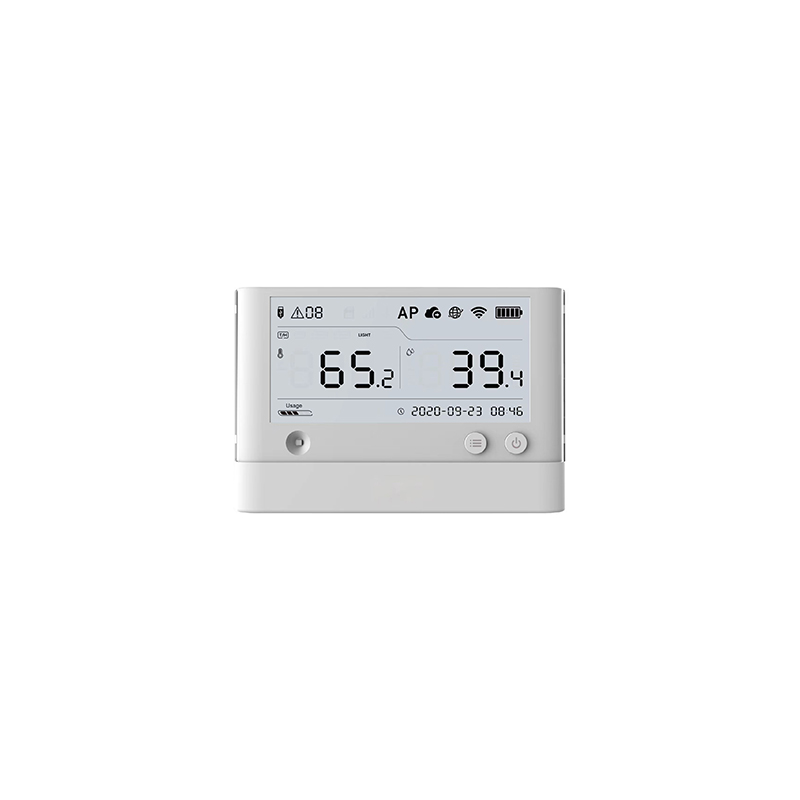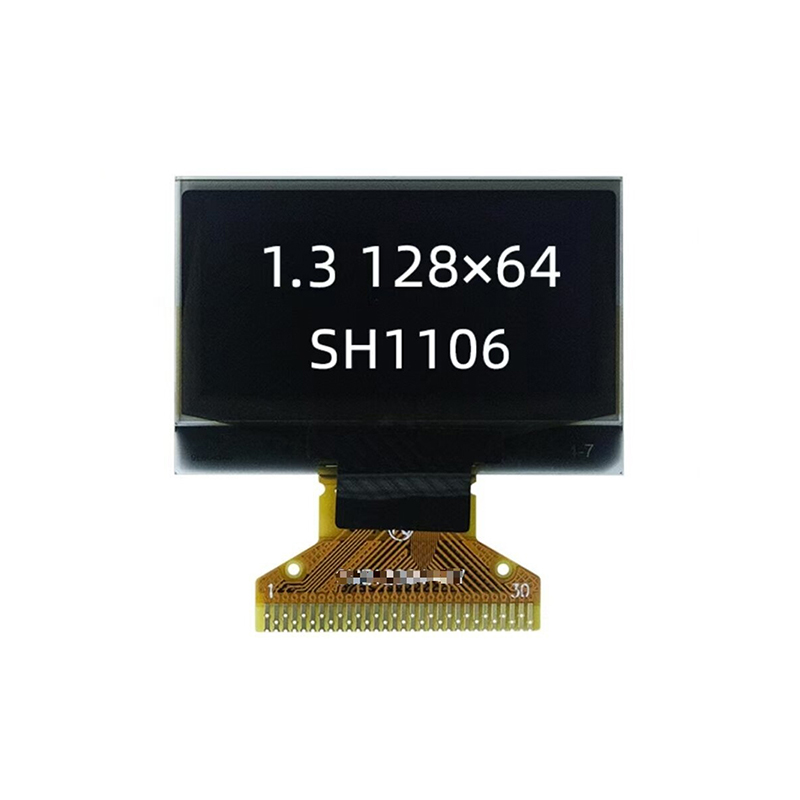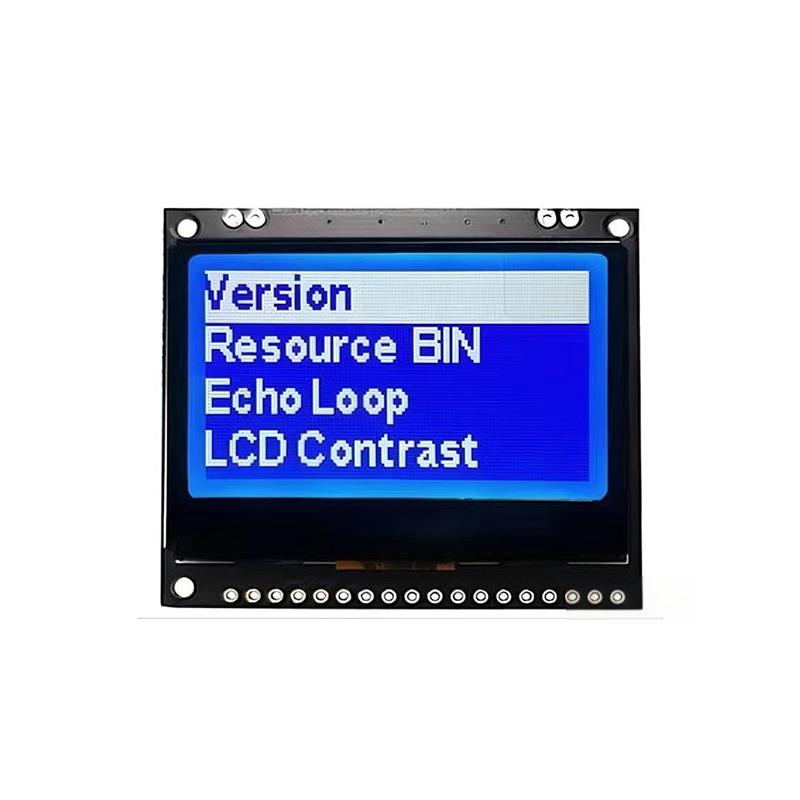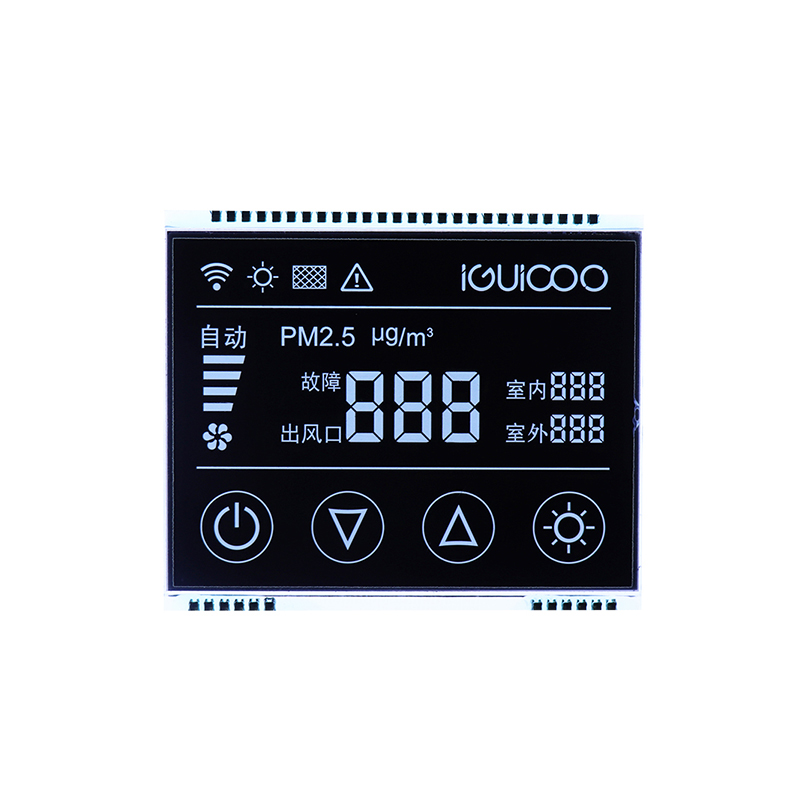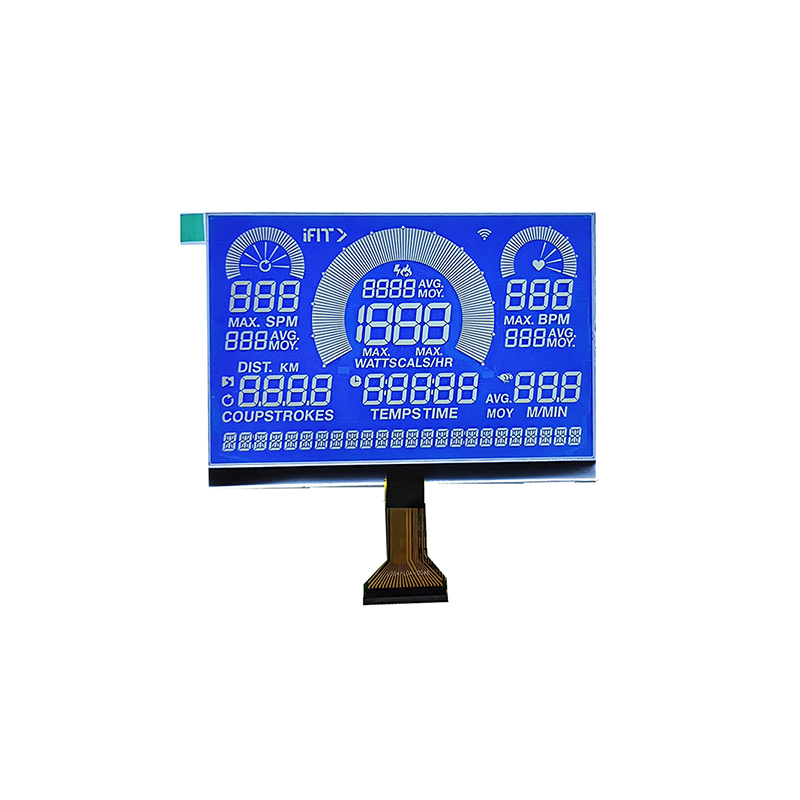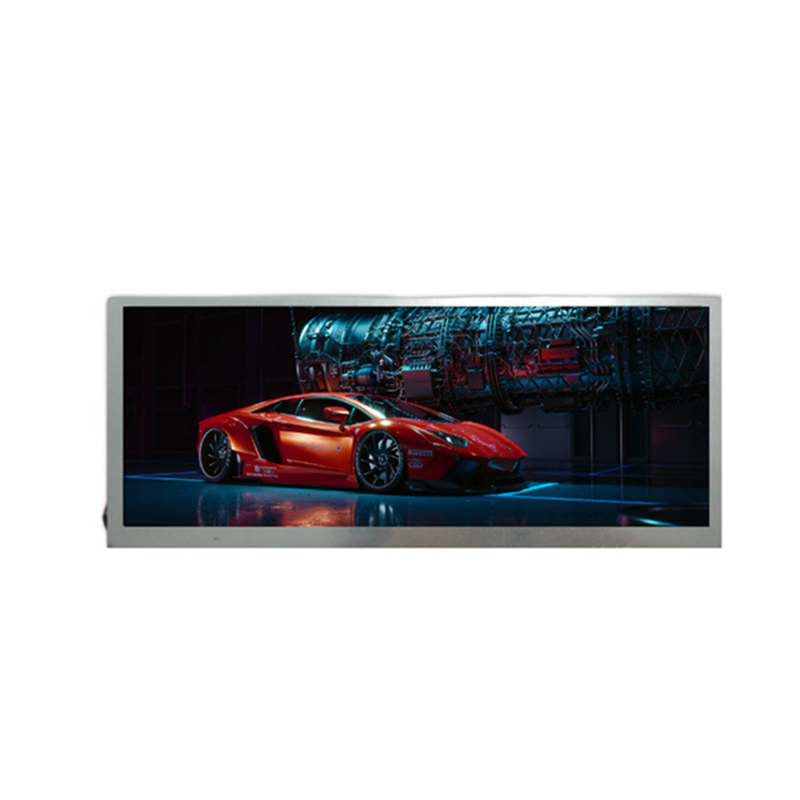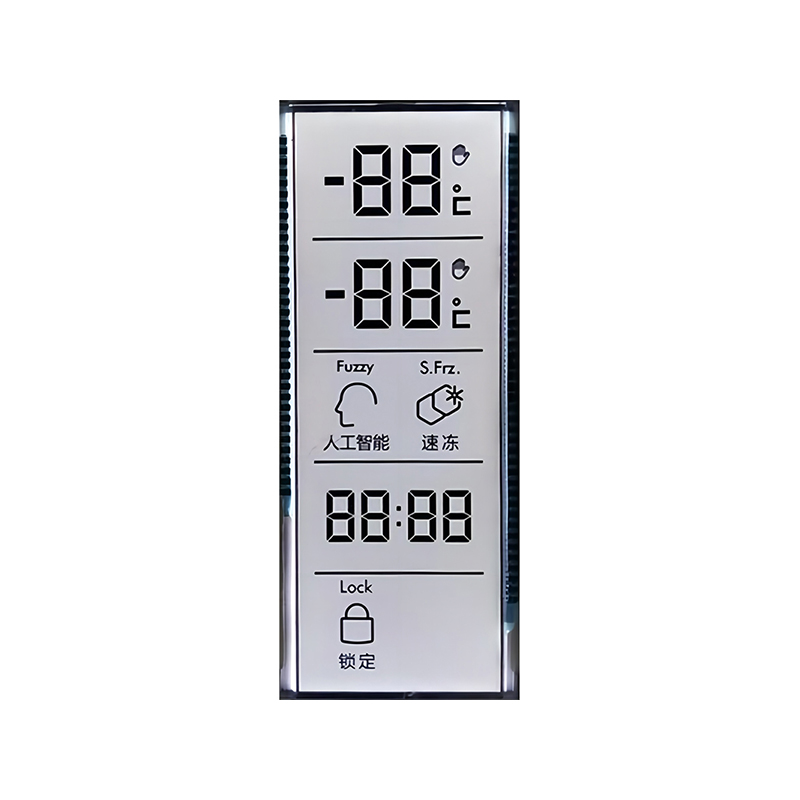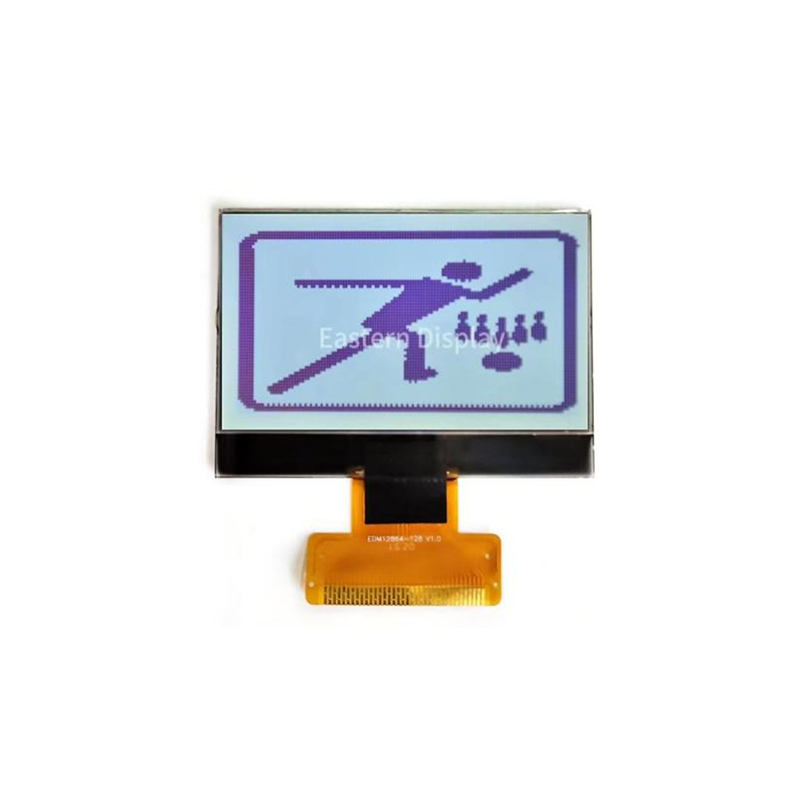
The Serial Peripheral Interface (SPI) bus is a synchronous, full-duplex communication protocol used for short-distance communication, primarily in embedded systems. A 4-wire SPI interface is the most common configuration, offering a simple yet efficient way to transfer data between a master device and one or more slave devices. This guide dives deep into understanding and utilizing this versatile interface.
The 4-wire SPI interface uses four signal lines: MOSI (Master Out Slave In), MISO (Master In Slave Out), SCK (Serial Clock), and SS (Slave Select/Chip Select). MOSI carries data from the master to the slave, MISO carries data from the slave to the master, SCK synchronizes data transfer, and SS selects which slave device is currently communicating with the master. Data is transferred bit-by-bit, synchronized by the SCK clock signal.
SPI supports different data transfer modes, defined by the clock polarity (CPOL) and clock phase (CPHA). CPOL specifies the idle state of the SCK signal (0 or 1), while CPHA specifies when data is sampled (leading or trailing edge of the clock). Understanding these modes is crucial for correct communication.
| Mode | CPOL | CPHA | Description |
|---|---|---|---|
| Mode 0 | 0 | 0 | Data is sampled on the rising edge of SCK, idle state is low. |
| Mode 1 | 0 | 1 | Data is sampled on the falling edge of SCK, idle state is low. |
| Mode 2 | 1 | 0 | Data is sampled on the rising edge of SCK, idle state is high. |
| Mode 3 | 1 | 1 | Data is sampled on the falling edge of SCK, idle state is high. |
The 4-wire SPI interface offers several advantages: simplicity, speed, full-duplex communication, and relatively low hardware cost. It’s widely used in applications where real-time communication is critical.
The versatility of the 4-wire SPI interface makes it suitable for a wide range of applications. Some common examples include:
Selecting appropriate components is essential for a successful implementation. This includes careful consideration of the microcontroller's SPI capabilities, the communication speed requirements, and the specific needs of the slave devices.
Common problems encountered with 4-wire SPI interfaces include incorrect clock configuration, improper wiring, and data corruption. Systematic troubleshooting, including checking signal integrity and reviewing the SPI configuration, is crucial for resolving these issues. Using a logic analyzer can help greatly in debugging SPI communication.
The 4-wire SPI interface remains a vital communication protocol in embedded systems due to its simplicity, speed, and flexibility. By understanding its fundamentals, advantages, and potential challenges, you can effectively integrate it into your projects.


